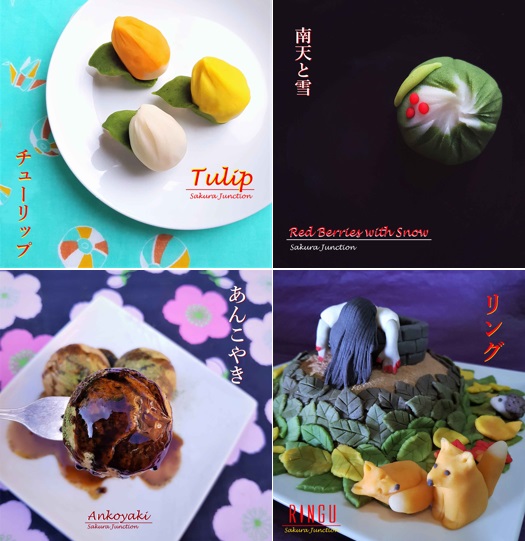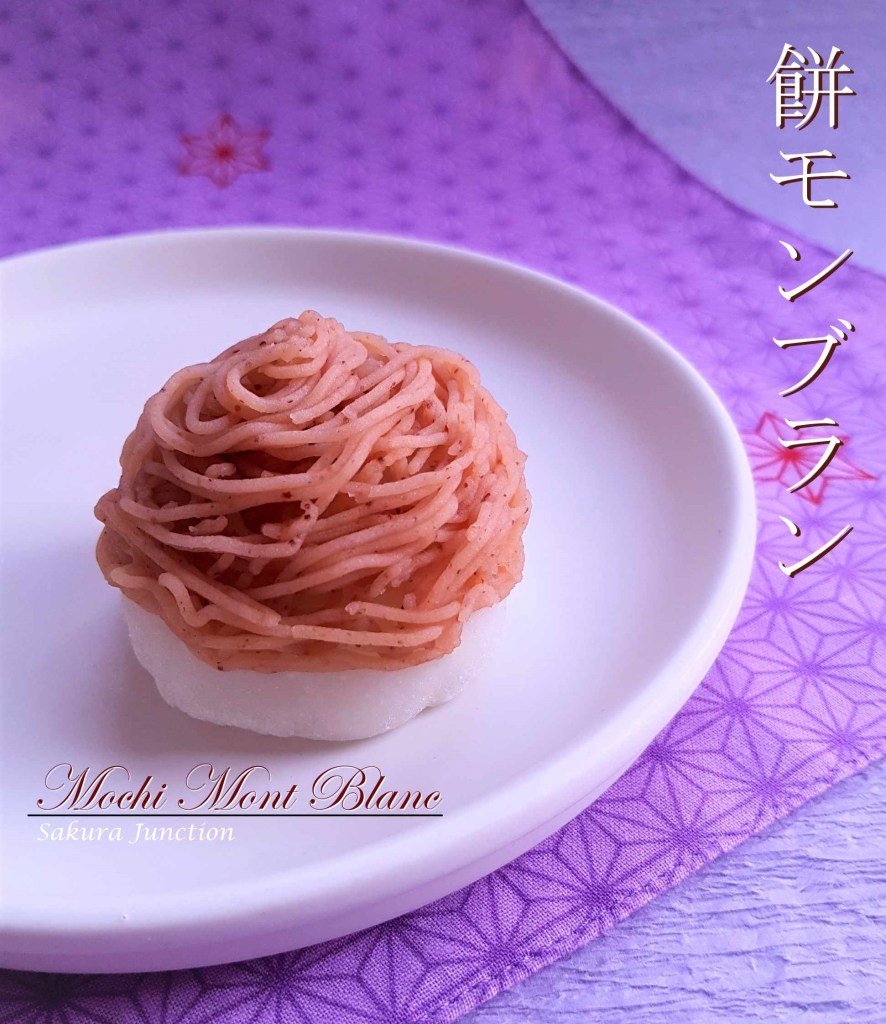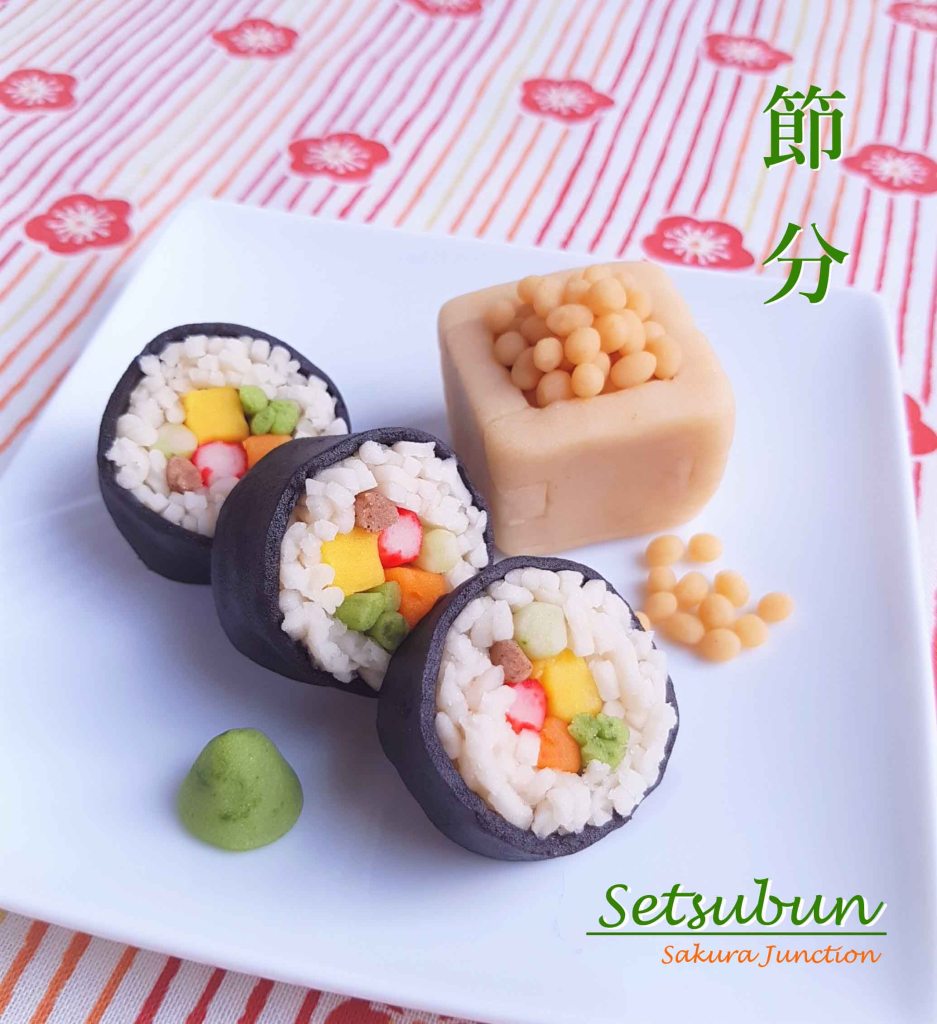The transition period from the end of a year to New Year in Japan is interesting. Traditionally we close a year by listening ‘Joya-no-kane’, 108 gongs of a huge bell at a Buddhism temple. In the Buddhism world it is believed that each person has 108 evil passions so each time hitting the bell it is removing our passion from us before starting the new year.
However, when we celebrate the New Year in a totally Shinto style. Of course we are all sin-less thanks to the Joya-no-kane on the previous night so it is a happy celebratory morning. When I was a child my family used to have a morning bath and changed into brand new underwear. When we sat at the table the first thing to do is haveing a little alcoholic beverage called ‘O-toso’ in a flat goblet and hope that all family would be well and healthy all through the year. We moved onto the breakfast having ‘O-sechi’ (special New Year meal prepared previously) and ‘O-zoni’ (Mochi in broth).
There are so many other customs we do only in New Year but one of them is placing ‘Kagami-Mochi’ in certain places. It is basically a set of two round mochi ( which are pounded glutinous savoury rice and not the dessert mochi sweets with ice cream inside) with a citrus fruit ‘Dai-dai’ on top. Normally it also gets decorated with some green leaves and white paper cut into Shinto style, but how you decorate it depends on the family.
Kagami Mochi
All the things I wrote above are the customs in Japan. I’ve been living in the UK for a long time and haven’t done much traditional custom in the past, however, I felt I wanted to do some for this year so I made Kagami-mochi.
Continue reading →












